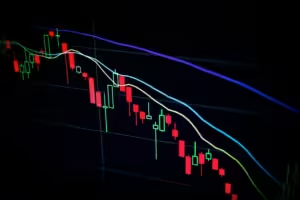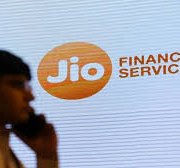DERIVATIVE SEGMENT – 7

FUTURES MARKET TERMINOLOGIES
- SPOT PRICE – The price at which an asset trades in the cash market. this is the underlying value of nifty on July 12, 2024, which is 24500.
- FUTURE PRICE – The price of the futures contract in the futures market. the closing price of nifty in futures trading is 24521. thus 24521 is the future price of nifty, on a closing basis.
- CONTRACT CYCLE – It is a period over which a contract trades. on July 25, 2024, the maximum number of index futures contracts is of a 3-month contract cycle – the near month, the next month. nifty and bank nifty futures contract expires on the last Thursday and Wednesday of the respective month.

- EXPIRATION DAY – The day on which a derivative contract ceases to exist. it is the last trading day of the contract. the expiry date in the quotes given is July 25 (nifty). it is the last Thursday of the expiry month.
- TICK SIZE – It is the minimum move allowed in the price quotations. exchange decides the tick sizes on traded contracts as part of contract specification.
- CONTRACT SIZE AND CONTRACT VALUE – Futures contracts are traded in lots and to arrive at the contract value we have to multiply the price with contract multiplier or lot size or contract size. nifty lot size 25 and bank nifty – 15.
- BASIS – The difference between the spot price and the futures price is called the basis. if the futures price is greater than the spot price, the basis for the asset is negative. Similarly, if the spot price is greater than the price, the asset basis is positive.

- COST OF CARRY – The cost of carry is the relationship between futures prices and spot prices. it measures the storage cost ( in the commodity market ) plus interest that is paid to finance or carry the asset till delivery less the income earned on the asset during the holding period. for equity derivatives, carrying cost is the interest paid to finance the purchase less dividend earned.
- MARGIN ACCOUNT – As the exchange guarantees the settlement of all the trades, to protect itself against default by either counterparty, it charges various margins from brokers. brokers in turn charge margins from their customers.
- OPEN INTEREST AND VOLUMES TRADED – An open interest is the total number of contracts outstanding for an underlying asset. volumes traded give us an idea about the market activity with regards to specific contracts over a given period – volume over a day, over a week or month, or the entire life of the contract.
BY –
A GOWRISH R BHAT.

















مرحبًا، أعتقد أن هذه مدونة ممتازة. لقد عثرت عليها بالصدفة ;